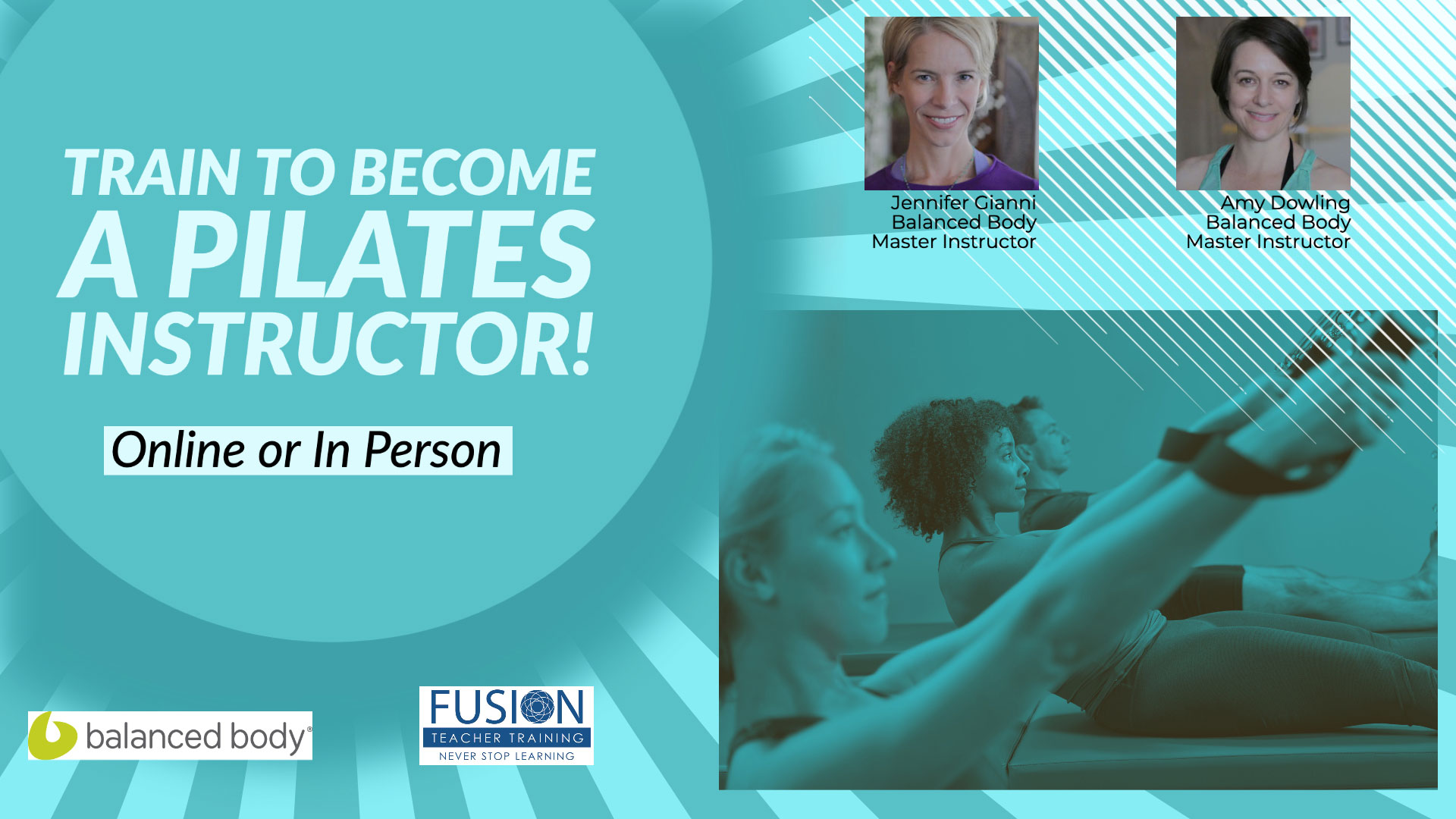
To be a talented, skilled Pilates instructor is only 25% of being successful. The other 75% is how well you do with relating to others, teaching to people’s different learning abilities, and running a smooth, professional business.
It is important in your private sessions and even in your group classes that you try to cue as much as you can to the individual. This is of course easier and more effective in a private session, but we should still strive for it in a group setting also. Pilates is built on private, individual training and the work works much better in a private setting but a lot of us cannot afford privates and so small group classes are the next best thing. In a group class, if you can make a point to try to give everyone in the class at least one individual cue, you can create a great following. When a client knows the teacher is paying attention and can give them something to work on, the instruction and class become valuable and life changing to them.
I have had many clients that started in a group class, and because I was giving them some individual cues and these resonated with them, they wanted to work a bit deeper, so they signed up for privates. In any case, it is important to not just take your clients through a list of exercises but to really work on skill sets. For example, how to move the pelvis on the femur heads, how to move the scapula on the back of the rib cage, how to open the back ribs to create thoracic flexion and a successful ab curl, etc. If you focus on skill sets, you will have many more “ah ha” moments with your clients. These “ah ha” moments will translate into people booking more privates with you and attending your group classes more consistently. Your clients will soon learn that your sessions and classes are not just “one and done” but that you are layering and the skills that you are teaching are interconnected. So pay attention and point out the details!
Another way to retain clients is to relate to them in a open, compassionate way. This is something that is not taught in your Pilates teacher training. But this is the most important part of being a good, successful teacher. This comes down to personality, your tolerance and adaptability toward different personalities, patience, your ability to be flexible, and your ability to empathize. This is you building a relationship with the client. It should of course always be a professional one. It is a partnership not a friendship. I have seen many teachers cross the line and it can be disastrous. They start to talk to the client about personal things (dating, etc) and sometimes they start to socialize with the client outside of the studio. This is a guarantee that you will not keep this person as a long-term client. The relationship between teacher/client is one of service and of a particular focus to health and well being. If you wish to retain clients you must be of service to them and the teacher/client relationship must be clear.
The last important piece of the puzzle is that you must be organized and professional in your business dealings with the client. You must have clear, fair policies for things such as payment, expiration dates, late cancels, and etiquette in the studio (such as cell phone use, shoes, etc.). Having clear boundaries and policies will make it more enjoyable for all involved.Being flexible, creative, compassionate, and organized with your clients will create an enjoyable, fun-filled and successful environment for everyone involved.
Thanks for reading! We hope you found this helpful. Tell us what you thought below!




Leave A Reply (No comments So Far)
Please - comments only. All Pilates questions should be asked in the Forum. All support questions should be asked at Support.
You must be logged in to post a comment.
No comments yet.